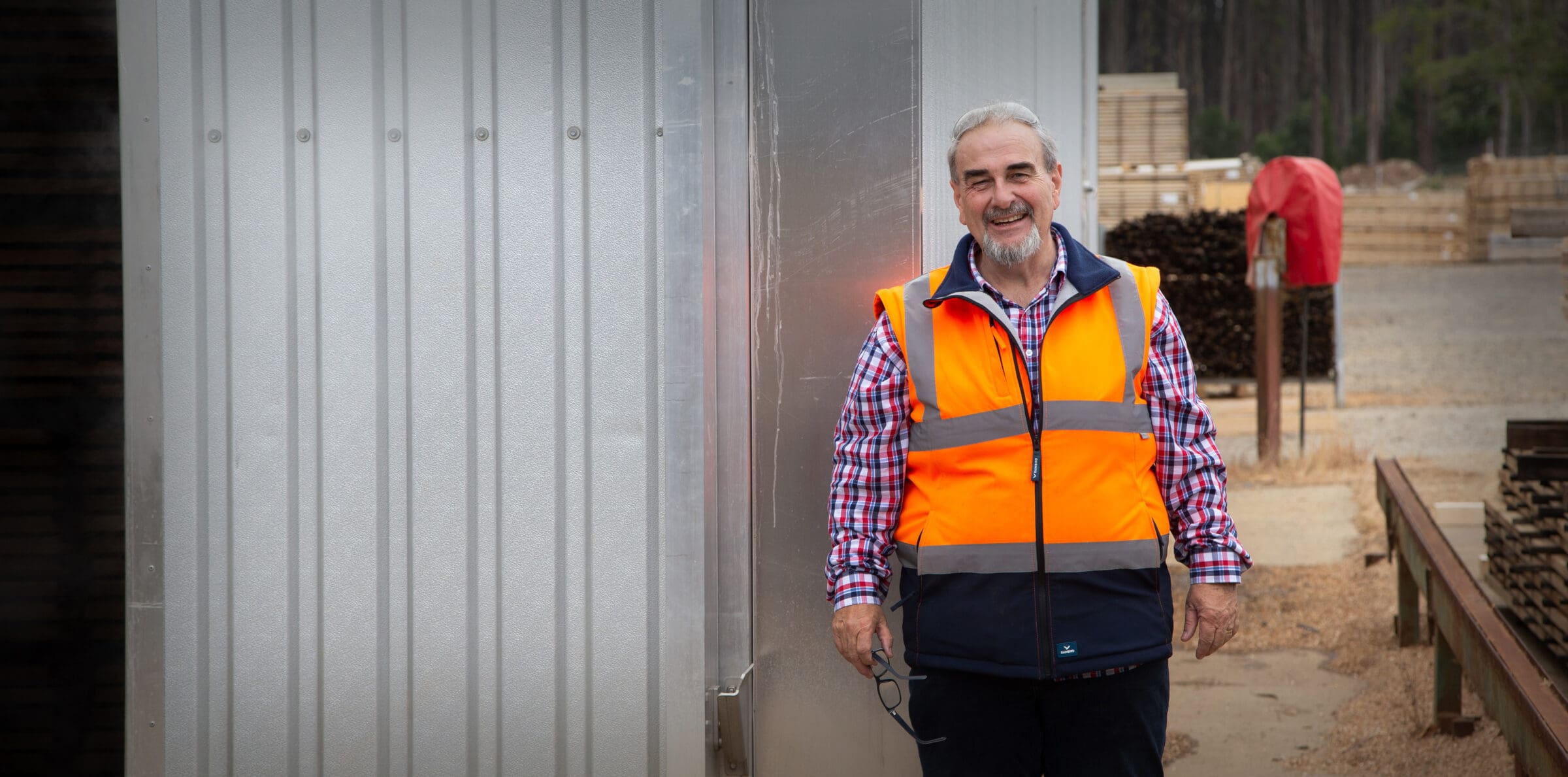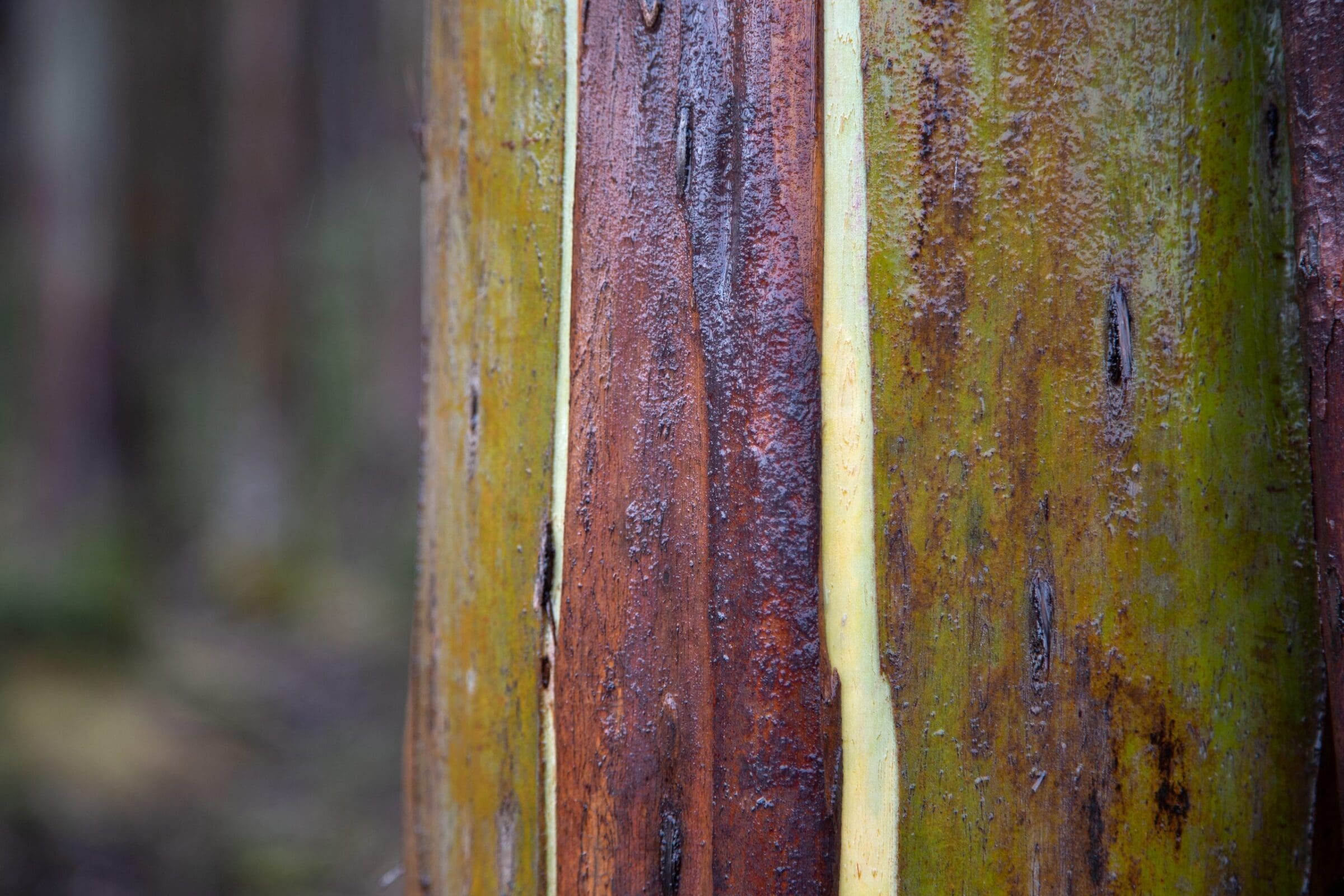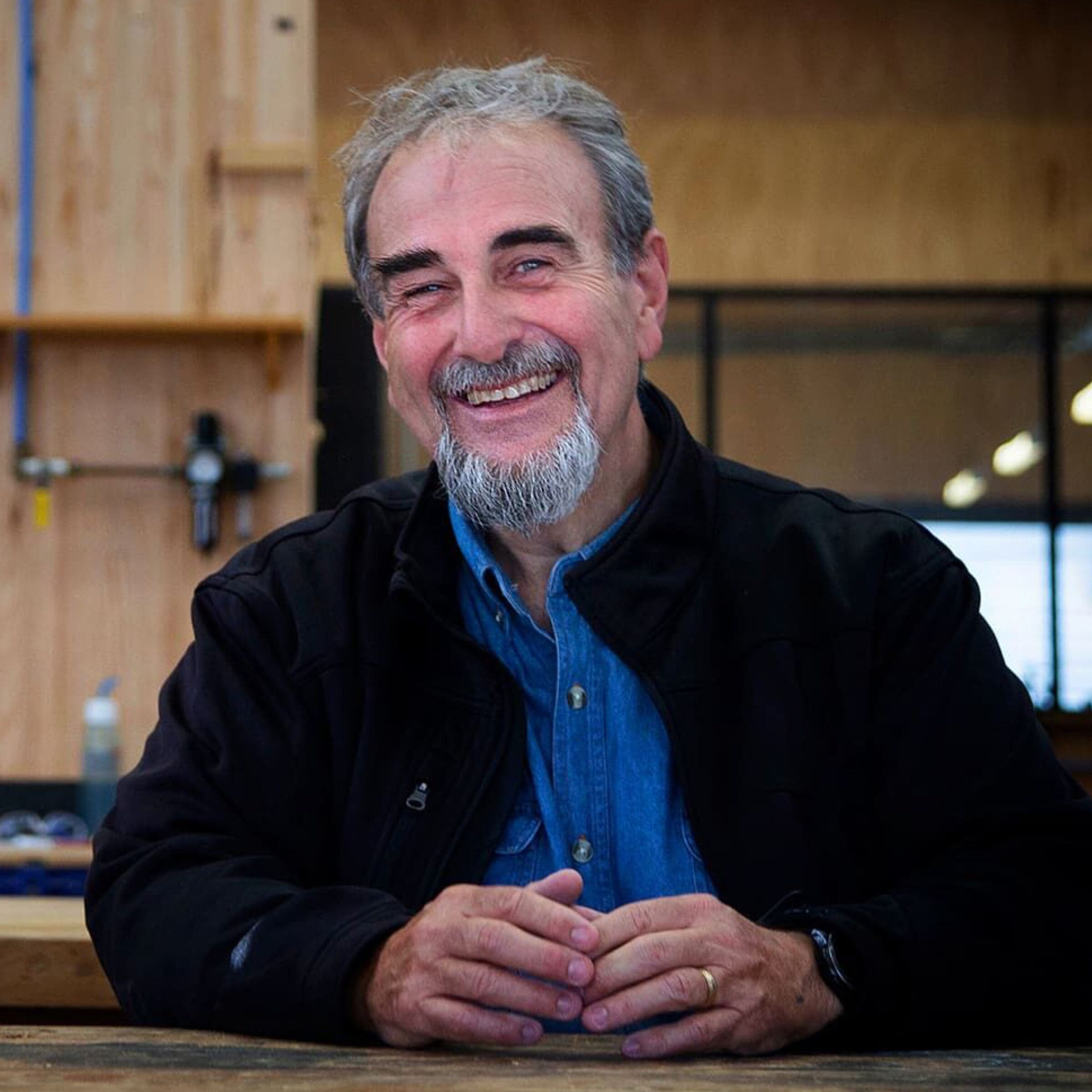Nothing is being done anywhere else in the world that we can’t do here. Timber Expert Michael Lee on building Net Zero.
In a recent episode of the Original Thinkers Podcast, host Claire Bennett sat down with Michael “Mick” Lee, a technical expert with over 40 years of experience in the Tasmanian timber industry. Their conversation revealed valuable insights about the potential for net zero buildings in Australia and the capabilities of local timber manufacturers to support this vision.
The Path to Net Zero Buildings
When asked whether Australia can bring net zero buildings to fruition, Lee was optimistic but realistic:
Zero is a figure that we can aim for. It’s going to be a challenge to get a build that’s totally timber based. While it’s done in Europe, in very progressive countries, there are limitations within Australia and within building codes and other things that would make it difficult, but not impossible. But gee, we can get very close. We can get a huge percentage of the way there.
Lee emphasised that while achieving true net zero might be challenging, any reduction in emissions is significant when considering that the built environment accounts for 39% of global emissions.
Australia’s Timber Building Evolution
Australia has made significant progress in embracing timber construction, though we’re still catching up to European innovations. Lee noted:
“It really is a cultural change in Australia. We’ve got the Latson building, and a whole heap of buildings that are coming up. The one in Western Australia is going to be the largest timber building in the world. We are getting there, and we are embracing it. But we are now just embracing it where Europe embraced it 25 years ago.”
Lee shared his experience visiting a spruce car park in Switzerland back in 2002, which was 60% timber with concrete covering. He believes Australia is making remarkable progress:
We are looking at things like wooden nails and wood welding and all the bits to reduce not only the carbon, but also to make it more sustainable and more environmentally friendly. But we are well on our way. We’ve made quantum leaps in the last five years.
Local Manufacturing Capabilities
A critical question for architects is whether Australia has the local products necessary to create net zero buildings. Lee affirmed that we do, highlighting companies like Cusp in Wynyard, which started making Cross Laminated Timber (CLT) from nitens—a sustainable use of timber that would otherwise go to woodchip.
He pointed to the St. Luke’s building as “a perfect example of this… a mixture of spruce from Europe because happenstance, no one could make the beams at the time. They can now be made.” The building incorporated various timber products from multiple Australian manufacturers, showcasing the industry’s capabilities.
Barriers and Solutions
Despite the progress, barriers remain. For the St. Luke’s project, the bottom floors were made from concrete rather than timber due to being below the 1920 floodplain, creating potential risks that couldn’t get past planning and regulatory requirements.
Lee explained that many major engineering firms are still relatively new to timber construction, saying even the larger engineering companies are only recently entering this space. “There’s also a huge opportunity to change the national building code to catch up with where we are in Europe.”
The regulatory environment in Europe has fully embraced timber buildings:
“I think you’ll find when you look at the buildings in Europe, they are fully embraced by the local councils, the local government, the regulatory authorities are across the whole build thing, where Australia’s very quickly catching up.”
Designing for Local Capabilities
A key insight from the conversation was the importance of designing specifically for local timber capabilities rather than trying to adapt conventional designs. Lee emphasised:
It’s no use designing a steel and concrete build, then going, how do I now make it out of timber? If you have the ethos that you want zero, how do I build a timber building? Then, how do I supplement the design criteria that I have with other products? It’s not the reverse, it’s not as simple as that.
Using the proposed Hobart Stadium as an example, Lee asserted that “there is very little in the stadium above ground that couldn’t be made out of timber. It’s just a matter of matching the design with the timber properties.”
While European designs might call for 40-metre beams that Australian manufacturers cannot currently produce, Lee explained that the solution lies in adaptation:
There’s nothing that can be done anywhere else in the world that we can’t do here. It’s just the design changes we need to make to suit our materials.
This might involve creating two 20-meter beams with mechanical joining systems that achieve the same longevity and aesthetic quality.
Planning Ahead is Essential
One crucial difference between timber and traditional building materials is the lead time required. While “concrete is available tomorrow or on a two-month lead time for precast panels,” timber projects require significantly more planning.
For St. Luke’s, the team knew the basic design 18 months ahead, had a clearer picture at 12 months, and knew exactly what they needed by 10 months before construction. Lee suggested the Hobart Stadium could follow a similar timeline, with CLT requiring a 12-14 month lead time.
“But the carbon issue is worth the 12 months’ worth of work,” Lee emphasised. “And these projects don’t happen overnight. It’s just where the architects and the engineers jump to engage the industry.”
The Technical Help Line: A Resource for Architects
For architects wanting to explore local timber options early in the design process, Lee manages the expert timber helpline for the Tasmanian Timber campaign. Through this service, he can connect architects with designers and engineers, provide technical information, and help them identify suitable local products for their designs.
With his extensive experience across both industry and academia, Lee offers invaluable knowledge about the capabilities of Tasmanian timber businesses and can help projects incorporate local timber effectively.
Do We Have Enough Timber?
When asked whether Tasmania has enough timber product available for large-scale projects pursuing net zero goals, Lee was emphatic:
“Simply yes. We are extending the use of the native resource, the regenerated regrowth material, into things like veneered panels, like Britton Timber’s Touchwood. You’ve got Neville Smith’s with Woodsmith, their engineered floorings. In the mass area, though, we’ve got this plethora of nitens that we’re currently putting into wood chips and sending to the Asian market. That’s just ludicrous. We have the capability of producing [high-value nitens products] on the island. We have the product. There’s nothing stopping us. There really isn’t.”
Looking Forward
As Tasmania moves towards more sustainable building practices, the timber industry stands ready to support net zero ambitions. The proposed Hobart Stadium represents an opportunity to showcase local mass timber capabilities and create a carbon store that benefits both the environment and the local economy.
For architects and developers interested in exploring timber options for their projects, Mick Lee’s final advice was simple:
Just don’t forget the helpline. Jump on. If you’ve got any question, please give us a call on 1300 041 766.
To listen to the full interview with Michael Lee, subscribe to the Original Thinkers Podcast on your podcast app, or listen here.
To watch Webinars with Michael Lee on sustainability, products and technical information, see the Videos on the Resources page of our website.
Subscribe to Tasmanian Timber here to receive updates on articles, new podcast episodes, invitations to webinars, inspiration and news from the Tasmanian Timber industry.


